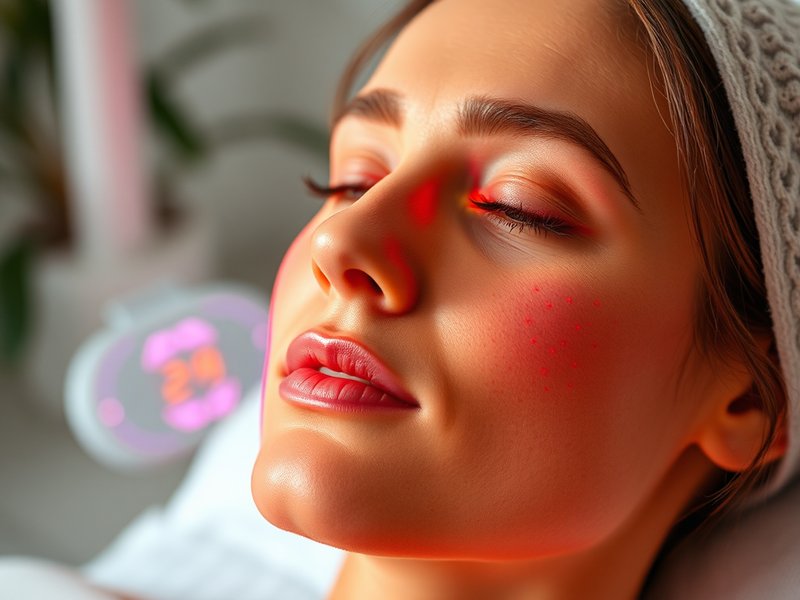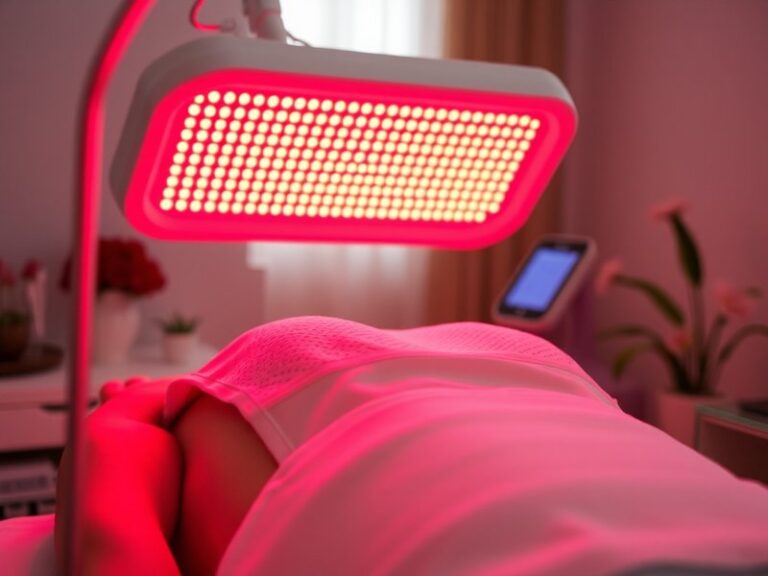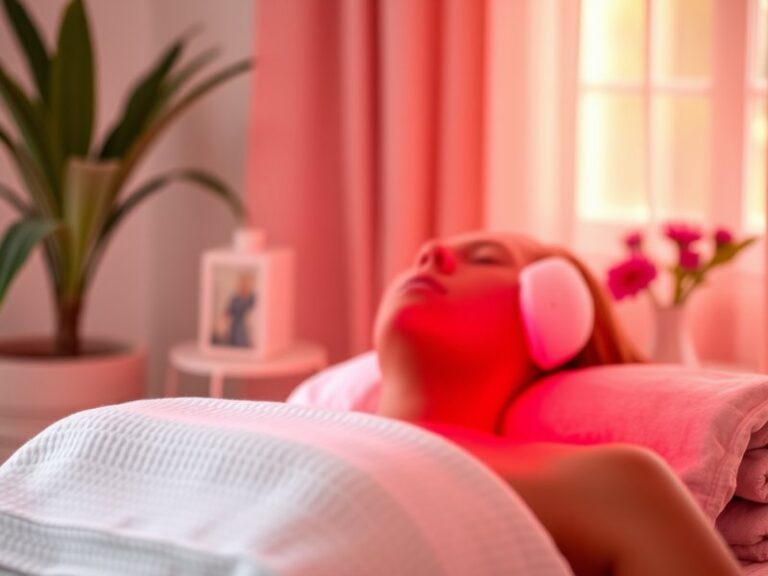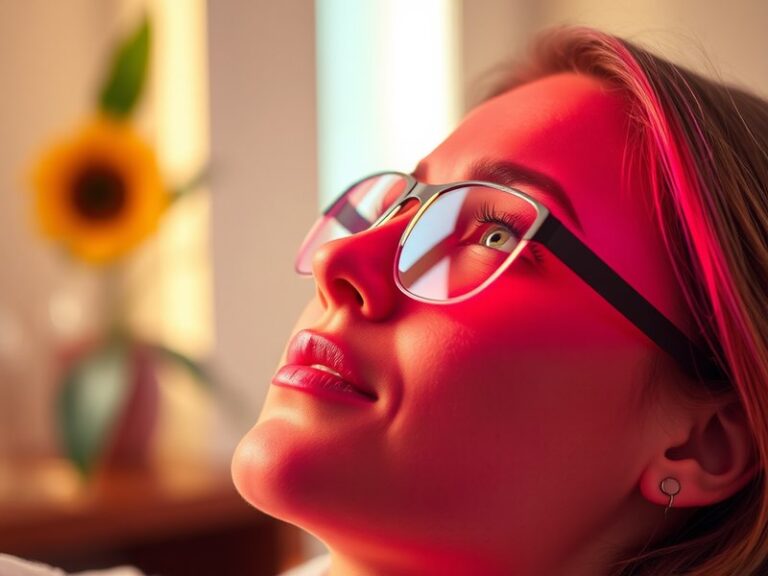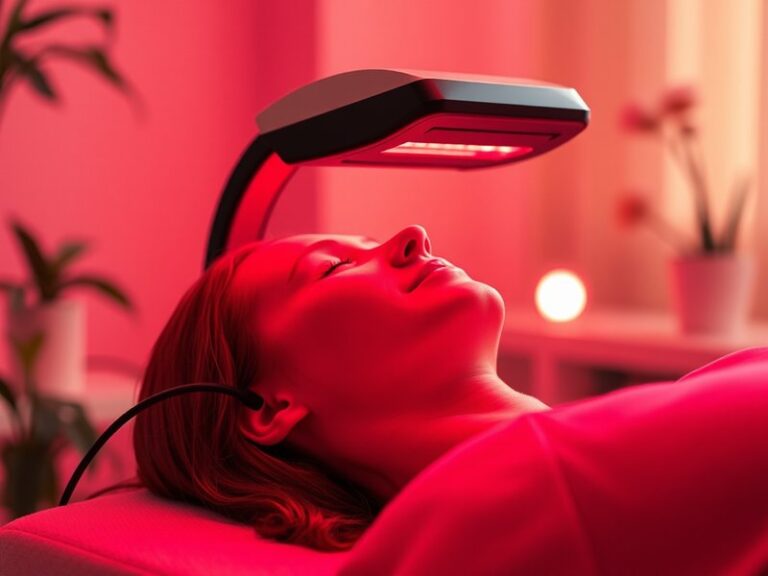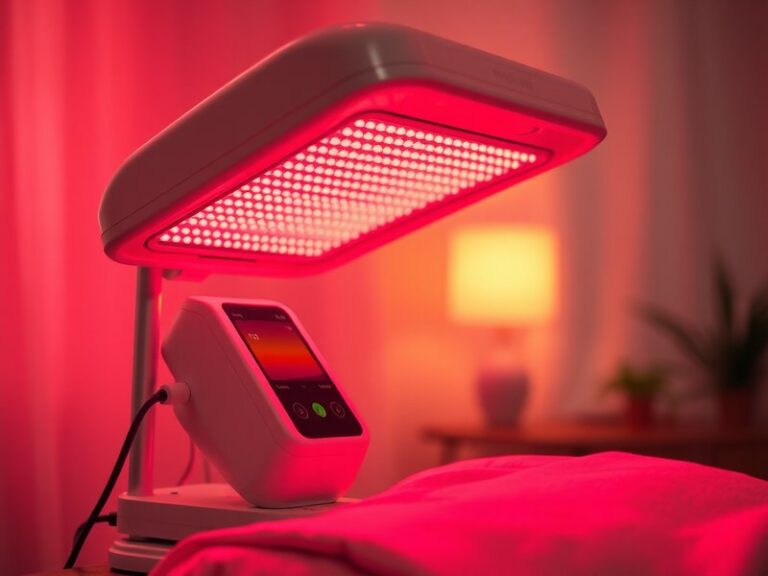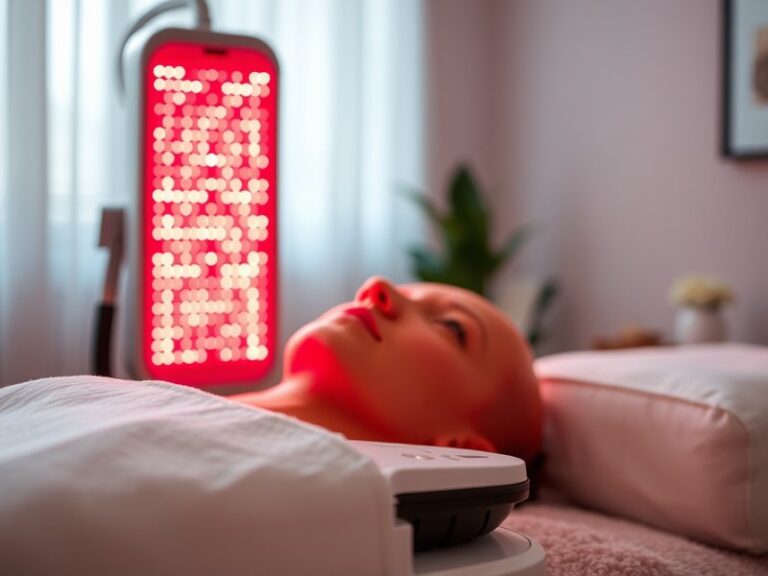Can Red Light Therapy Burn Your Face?
Can Red Light Therapy Burn Your Face?
Is red light therapy safe for facial treatments, or could it potentially cause burns?
In this article, we will explore the safety of red light therapy for facial applications, addressing common concerns regarding skin health and the risk of burns. We’ll delve into what red light therapy entails, its benefits, and consider whether it poses any risks before you decide to pursue this treatment.
Key Takeaways
- Red light therapy is generally safe and does not cause burns when used properly.
- Understanding how to use red light therapy can enhance its benefits while minimizing risks.
- Consult with a healthcare professional to determine if this treatment is right for you.
What is Red Light Therapy?
Red light therapy (RLT) is a non-invasive treatment that uses low-level wavelengths of red light to promote healing and rejuvenation in the body. Originally developed by NASA for plant growth and wound healing, RLT has since gained popularity for its potential applications in skin care and pain relief.
Typically, red light therapy devices emit wavelengths between 600 to 650 nanometers, targeting deeper skin layers. This stimulation promotes cellular function, potentially improving skin texture, reducing inflammation, and enhancing collagen production.
Understanding how red light therapy works can alleviate concerns about its safety, especially when it comes to sensitive areas like the face.
What are the Benefits of Red Light Therapy?
Red light therapy offers a variety of benefits, particularly for skin health. The following points highlight its key advantages.
Skin Rejuvenation
Red light therapy has been shown to boost collagen production, helping to reduce the appearance of fine lines and wrinkles. Regular use can result in smoother, firmer skin and an overall youthful appearance.
Wound Healing
Studies indicate that red light therapy can accelerate the healing process for cuts, scars, and other skin injuries by promoting cell regeneration and reducing inflammation.
Acne Treatment
RLT can help manage acne by decreasing inflammation and killing acne-causing bacteria. This can lead to clearer skin over time for many individuals.
Find out the specifics in Does Red Light Therapy Cause Peeling?
Reduction of Acne Scarring
In addition to treating active acne, red light therapy can also improve the appearance of post-acne scars by promoting tissue regeneration and fading discoloration.
Is it Possible to Burn Your Face?
While many people wonder whether red light therapy can burn the skin, the answer is generally no. Red light therapy is designed to be safe for a variety of skin types. However, misuse or inappropriate device settings may lead to adverse effects.
Understanding how to utilize RLT is crucial to avoid any potential skin damage.
What are the Advantages of Safe Usage?
Practicing safe usage of red light therapy equipment can ensure effective results without the risk of burns.
User-Friendly Devices
Most red light therapy devices come with built-in safety features, including timers and adjustable intensity settings, making them user-friendly and easy to use.
See what we think about Does Red Light Therapy Work?
Pain-Free Treatment
Red light therapy is pain-free and non-invasive, providing individuals with a comfortable treatment experience that poses minimal risk.
What are the Things to Consider Before Using Red Light Therapy?
Before starting red light therapy for your face, consider the following important factors.
Consult a Dermatologist
Before beginning any new skin treatment, consult a dermatologist to address your specific skin type and conditions.
Device Selection
Opt for reputable and quality devices, as they are designed to emit the correct wavelengths and power levels needed for effective therapy.
Follow Usage Instructions
Strictly adhere to the manufacturer’s guidelines for usage frequency and treatment duration to maximize benefits and minimize any risks.
What are the Alternatives to Red Light Therapy?
If you have lingering concerns or prefer exploring other options, various alternatives can be considered for skin rejuvenation.
Intense Pulsed Light (IPL) Therapy
IPL therapy uses various wavelengths of light to treat skin conditions, including pigmentation and vascular lesions. It can also promote skin tightening and rejuvenation.
Laser Treatments
Different types of laser treatments target specific skin issues, such as wrinkles and scars, by removing the outer layer of skin or stimulating deeper layers for collagen production.
Chemical Peels
Chemical peels involve applying a solution to the skin, which exfoliates and promotes new skin growth. They can improve skin texture and treat discoloration effectively.
Conclusion: Is it Recommended to Use Red Light Therapy?
Based on the information presented, red light therapy is a safe, non-invasive option for facial treatments when used responsibly. By adhering to proper usage guidelines and consulting with a dermatologist, individuals can reap the numerous skin benefits without the risk of burns.
Frequently Asked Questions
Is red light therapy safe for all skin types?
Yes, red light therapy is generally safe for most skin types. However, individuals with specific skin conditions should consult a dermatologist before use.
How often should I use red light therapy?
For optimal results, it is often recommended to use red light therapy 3-5 times per week, depending on the device and individual goals. Always refer to the manufacturer’s instructions.
Can I use red light therapy with other skin treatments?
Yes, red light therapy can often be used in conjunction with other skin treatments, but it’s best to discuss this with a dermatologist to ensure compatibility.
Is there any downtime after red light therapy?
No significant downtime is required after red light therapy. Most individuals can resume their normal activities immediately after treatment.
Can I buy red light therapy devices for home use?
Yes, various red light therapy devices for home use are available on the market. Be sure to choose a reputable product that emits the appropriate wavelengths for skin treatment.
